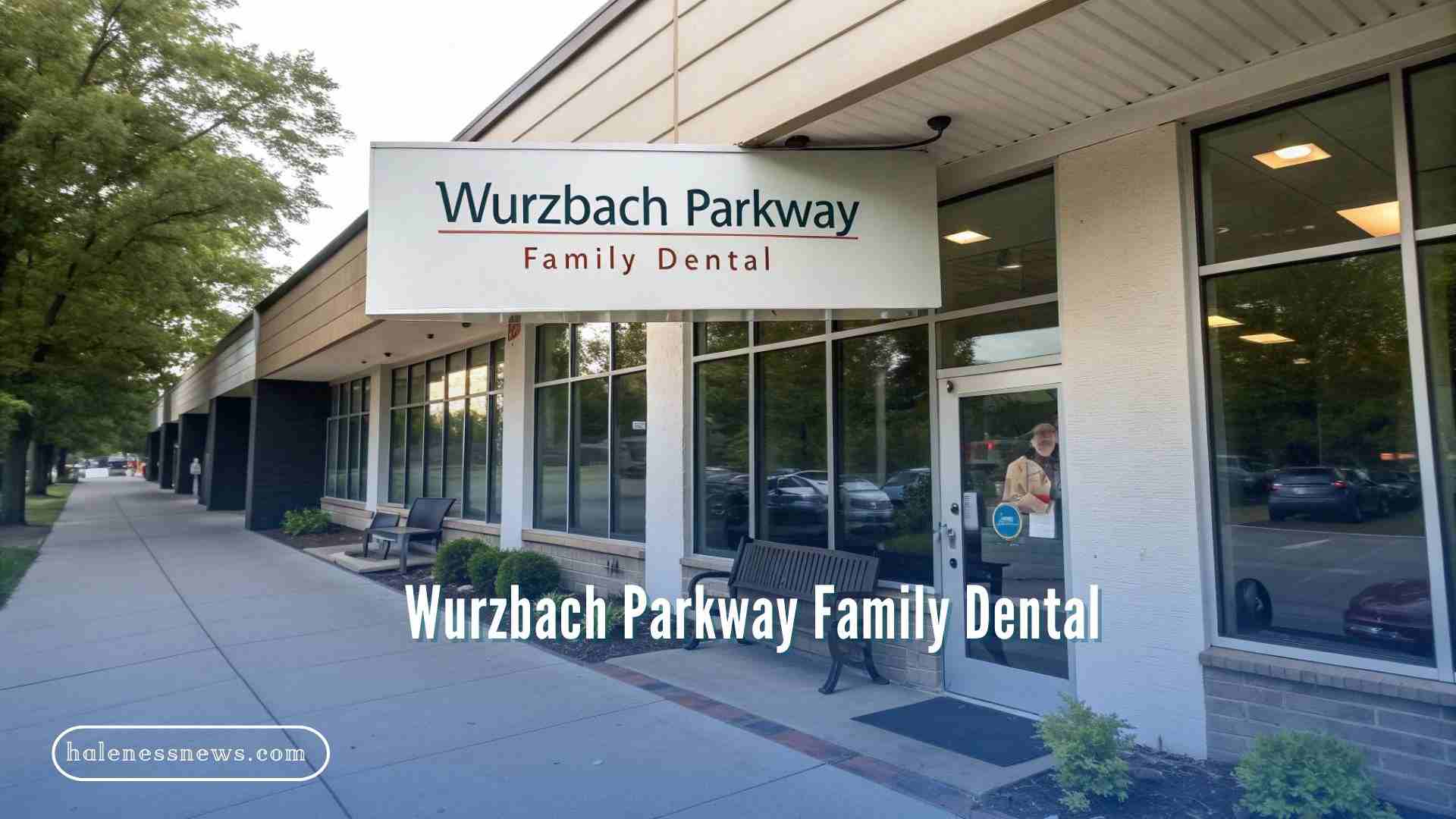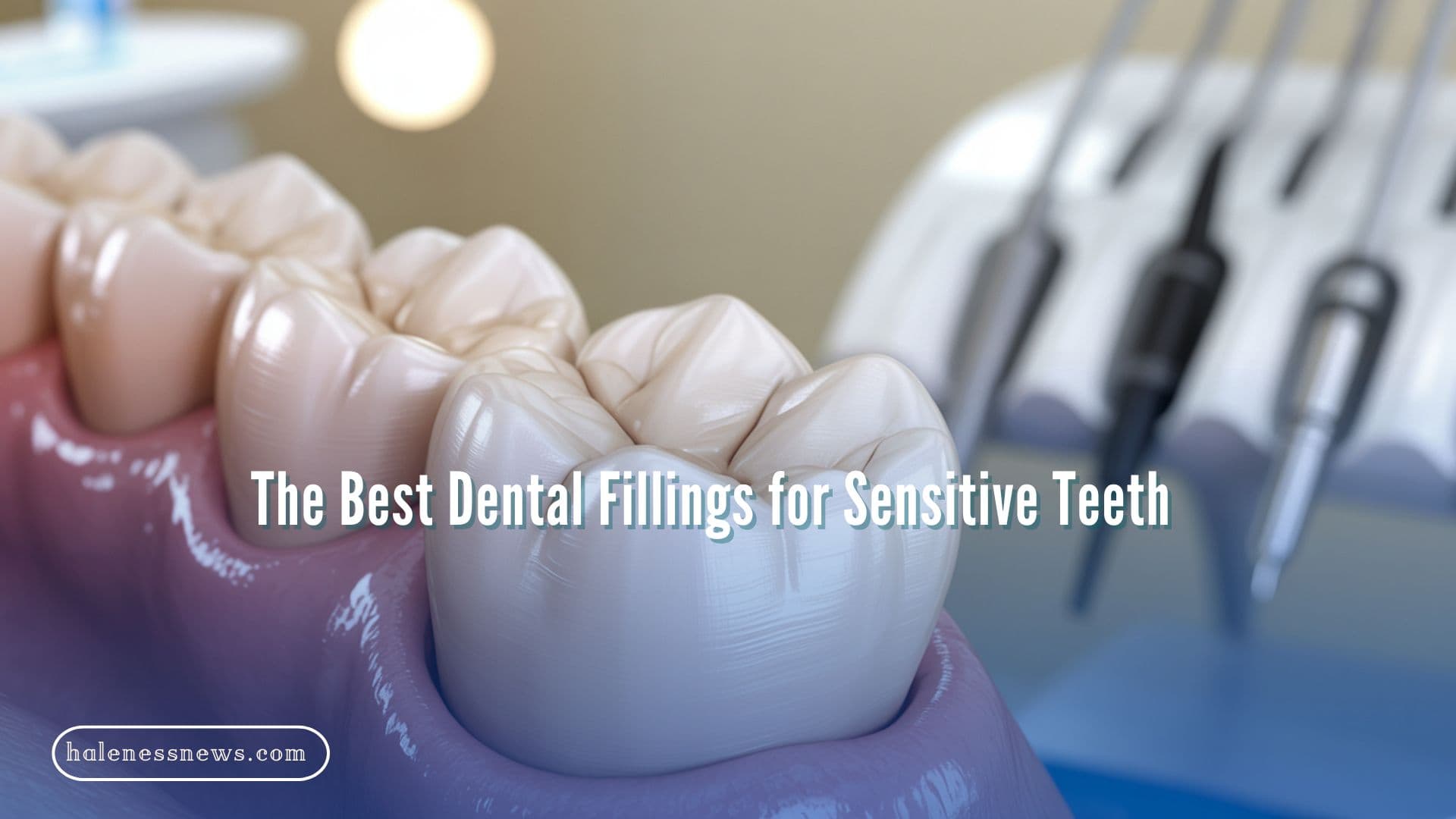Tooth discomfort can range from mild irritation to intense pain, and it can often be difficult to determine whether it stems from a common toothache or a more serious infection. Understanding the key differences between the two can guide you in pursuing the appropriate treatment promptly. Here is more information on identifying the signs and symptoms of each, helping you care for your oral health effectively:
Identifying a Common Toothache
A toothache typically refers to any pain or discomfort originating from a tooth or the surrounding area. The causes for a toothache range widely and include cavities, gum irritation, or sensitivity to hot or cold foods. The nature of the pain often provides clues about the underlying cause.
A mild or moderate toothache is usually localized to one area and may increase when biting down or consuming certain foods. Sensitivity to temperature changes is another hallmark of a toothache. Sharp or tingling pain that arises when drinking hot coffee or eating ice cream often signals enamel erosion or exposed dentin.
Gums surrounding the affected tooth may also feel tender or slightly swollen, particularly in cases of gum irritation. While irritating, these symptoms do not necessarily point to an infection. Regular dental care, such as proper brushing, flossing, and the use of desensitizing toothpaste, often alleviates discomfort associated with a typical toothache.
Spotting the Symptoms of an Infection
Dental infections, often referred to as abscesses, occur when bacteria invade the inner portions of a tooth or the surrounding tissues. They typically present more severe symptoms than a simple toothache and require immediate professional evaluation. Unlike toothaches, infections commonly cause persistent and intense throbbing pain that may radiate to the jaw, ear, or neck. Swelling is often more pronounced, presenting as a visible abscess near the affected tooth or even swelling in the face.
Other symptoms include fever, which indicates the body’s response to the bacterial infection, and a bad taste in the mouth caused by pus drainage from the abscess. Difficulty swallowing or opening the mouth is another advanced sign, suggesting that an infection may have spread further. Generalized symptoms such as fatigue, swollen lymph nodes, or an overall unwell feeling distinguish infections from localized toothaches.
When to Seek Professional Care
Understanding the threshold for professional intervention is necessary. A toothache that persists for more than a couple of days, progressively worsens, or significantly interferes with daily activities should prompt an evaluation by a dentist. Early intervention addresses minor issues before they escalate into larger concerns.
For infections, immediate care is non-negotiable. Persistent fever, visible facial swelling, and systemic symptoms warrant emergency dental treatment or a visit to a healthcare provider. Dentists use various procedures, including X-rays, to evaluate the extent of the problem and can recommend appropriate treatments, such as antibiotics or root canal therapy.
Get Toothache Treatment
The distinctions between a toothache and an infection lie in the severity, symptoms, and systemic effects. Mild pain, sensitivity, and localized discomfort often point to a toothache, which can be managed with proper dental care. Intense, radiating pain accompanied by swelling, fever, and systemic symptoms suggests the presence of an infection requiring prompt medical attention. Recognizing these signs allows for timely and appropriate intervention, protecting your oral and overall health. If you suspect an infection or experience worrisome symptoms, contact a dental professional promptly to prevent further complications.
- How Acupuncture Can Complement Other Forms of Pain Relief
- Understanding the Emotional and Physical Benefits of a Breast Lift
- Toothache or Infection? How to Tell the Difference and What to Do About It
- Hypertension in Women: Symptoms and Management
- How Orthopedic Specialists Tackle Sports Injuries Effectively








